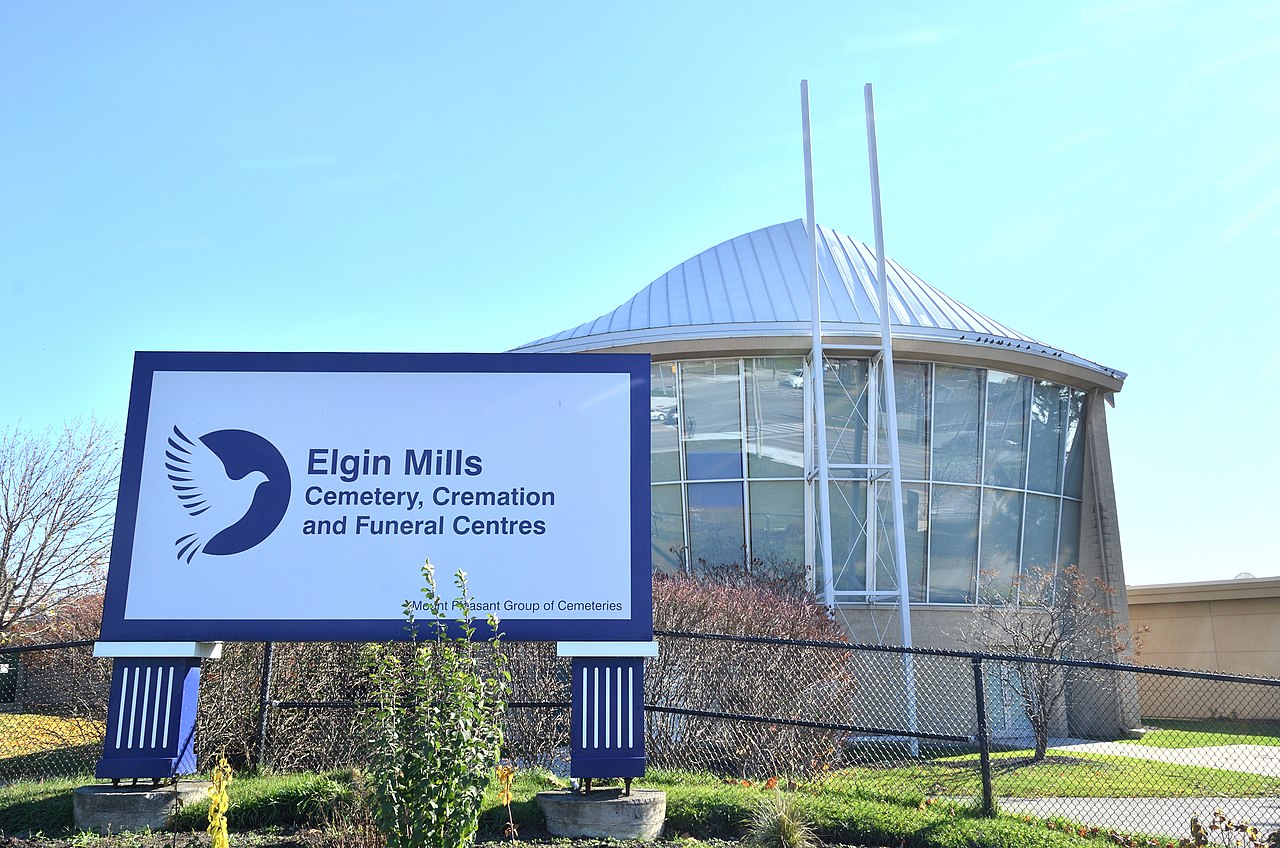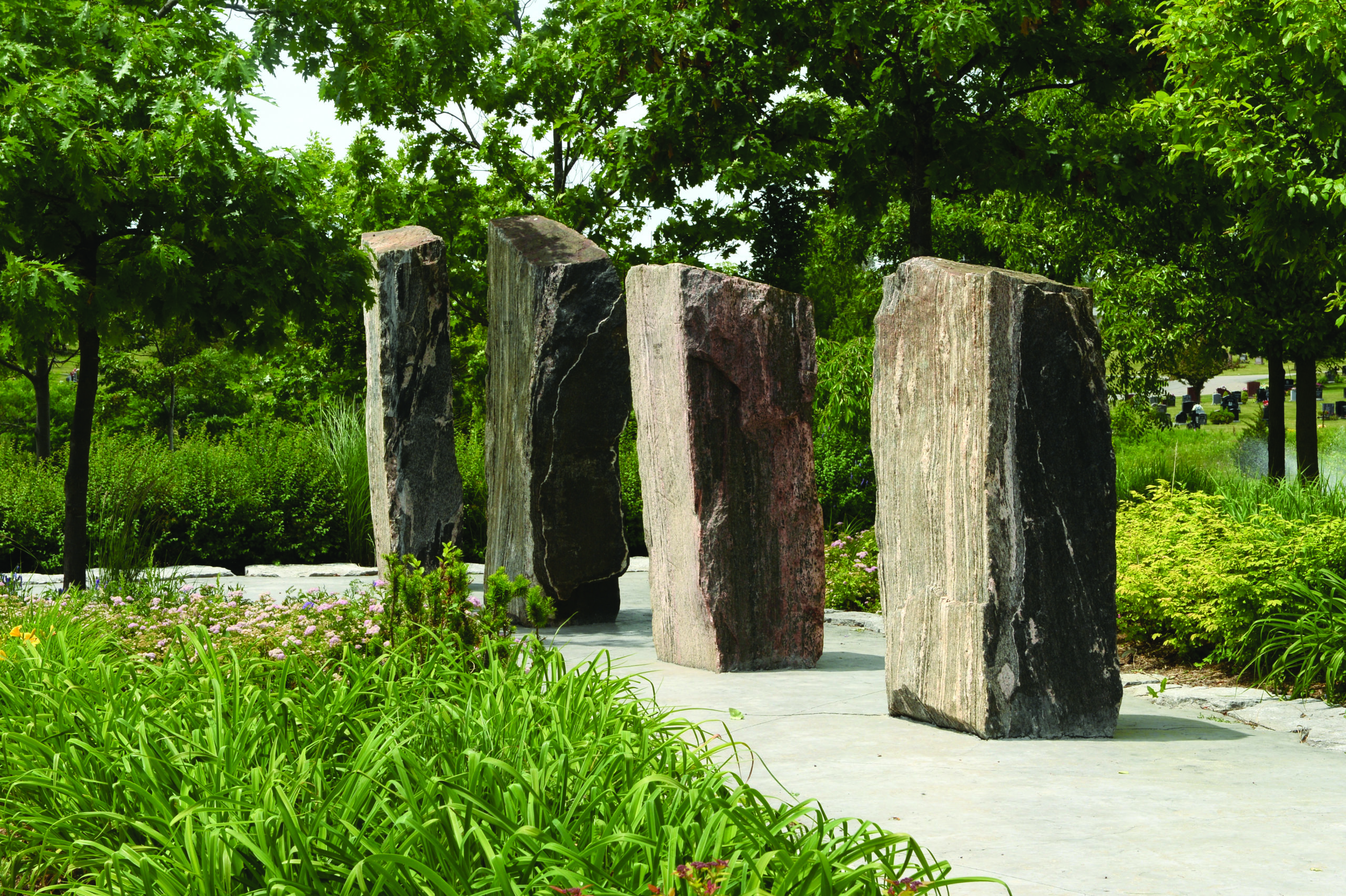
Potters Field and the Roots of Mount Pleasant Group
Most Toronto residents are familiar with the Mount Pleasant Cemetery in mid-town. A sprawling oasis ...
 A MPG employee volunteering at a hospice fund-raiser[/caption]
A MPG employee volunteering at a hospice fund-raiser[/caption]
When Mount Pleasant Group was looking for a focus for our charitable giving, we took inspiration from our staff. We knew we wanted to concentrate our efforts on a single partner to achieve the maximum impact, but equally, we wanted one who shared our values of compassion and care. Hospice and Palliative Care Ontario (HPCO) was the perfect fit.
The need for quality end-of-life care in Ontario is overwhelming, not only to provide dignity and support at a critical time, but to relieve the burden on our overstretched healthcare system when it’s needed most. It is an urgency that our staff understand all too well. In fact, when the partnership began in 2017, many of our staff were already dedicating their time volunteering at nearby hospices. They already understood the need and recognised kindred spirits in the hospice staff and administrators.
Because we both work with end of life, Mount Pleasant Group has more to offer HPCO than just donations and volunteer hours. We can also share our expertise and experience. And we can benefit from HPCO’s knowledge and experience as well.
[caption id="attachment_307" align="alignright" width="300"] MPG staff participating in the Healing Cycle ride[/caption]
Over the years of our partnership, Mount Pleasant Group has provided our facilities for meetings, training, and events hosted by our hospice partners, while supporting fundraising efforts and donating to them directly. Our teams came together to participate in annual events such as bake sales, the Hike for Hospice, and the Healing Cycle Ride to raise money for local hospices. Last year we were honoured to help further the HPCO’s Centre of Excellence, an accreditation system dedicated to better patient health and experiences, as well as reduced costs for the system and improved resilience among caregivers. Our communities have become increasingly reliant upon the support of private organisations to ensure the care and dignity of those of us facing the ends of our lives. COVID-19’s impact on an already overburdened system has only made this more critical as hospices and palliative care facilities face an unprecedented crisis.
There is no shortage of worthy causes to support. For Mount Pleasant Group, the right fit was one where there were natural and organic connections between the work we do every day and the organisations we wanted to support. The result has been a very strong partnership that has grown year over year; one that staff are excited to become involved in, support and give their time to. And one that we hope is making a real difference in our communities.
MPG staff participating in the Healing Cycle ride[/caption]
Over the years of our partnership, Mount Pleasant Group has provided our facilities for meetings, training, and events hosted by our hospice partners, while supporting fundraising efforts and donating to them directly. Our teams came together to participate in annual events such as bake sales, the Hike for Hospice, and the Healing Cycle Ride to raise money for local hospices. Last year we were honoured to help further the HPCO’s Centre of Excellence, an accreditation system dedicated to better patient health and experiences, as well as reduced costs for the system and improved resilience among caregivers. Our communities have become increasingly reliant upon the support of private organisations to ensure the care and dignity of those of us facing the ends of our lives. COVID-19’s impact on an already overburdened system has only made this more critical as hospices and palliative care facilities face an unprecedented crisis.
There is no shortage of worthy causes to support. For Mount Pleasant Group, the right fit was one where there were natural and organic connections between the work we do every day and the organisations we wanted to support. The result has been a very strong partnership that has grown year over year; one that staff are excited to become involved in, support and give their time to. And one that we hope is making a real difference in our communities. 

Most Toronto residents are familiar with the Mount Pleasant Cemetery in mid-town. A sprawling oasis ...

For decades, cremation was separate from the funeral experience. The funeral would end and then the ...

As our society becomes ever more complex, many people are seeking to inject some simplicity and auth ...

The people who choose careers as funeral directors or cemetery staff usually do so because they want ...

As a funeral and cemetery provider, we understand how devastating the pandemic has been on GTA commu ...

As long as people have mourned, others have stepped in to support them. But the way we mourn is alwa ...

The Elgin Mills east side expansion didn’t just add 34 acres of land and decades of use: it offere ...

For 105 years, members of the Salvation Army have gathered at Plot R, Lot 21 of Mount Pleasant Cemet ...

To experience the loss of a loved one during a pandemic is to have grief compounded by challenges th ...

When the first crematorium opened in Ontario at the Toronto Necropolis in 1933, cremation was used i ...

Cemeteries have the potential to be urban oases, where we turn off from the hectic streets to find o ...

In 1851, a 21-year-old Prussian immigrant stepped off the docks at Baltimore Harbor and began a care ...

“We think that to perpetuate sectarianism even beyond the grave is very preposterous…” With th ...

In May of 2019, the Mausoleum of the Madonna at Beechwood Cemetery opened its doors on a new chapter ...

Elgin Mills Cemetery turned 40 in 2019. But that doesn’t mean it’s stopped growing. The 143 roll ...

To many people, cemeteries are simply part of the background of our lives. It can seem as though the ...

Our front-line teams connect with GTA families every day, often at some of the most difficult points ...